Red Borneo Kratom is a unique strain of the Mitragyna speciosa tree, native to the island of Borneo. This tropical...
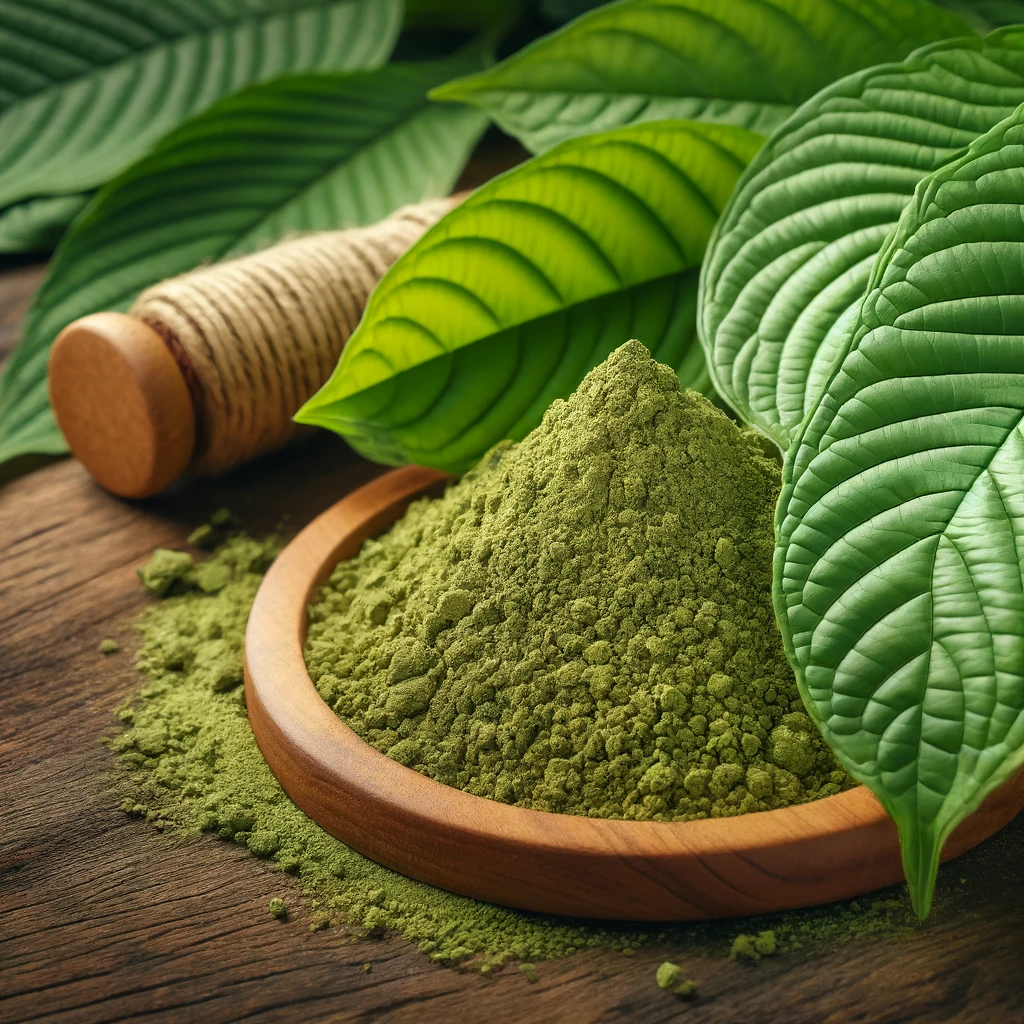
Kratom Harm Reduction: Strategies for Safe and Responsible Use
Kratom, a tropical plant native to Southeast Asia, has gained popularity in the West for its potential benefits ranging from pain relief to increased energy. However, its use has also raised concerns regarding safety and potential risks. As a psychoactive substance, Kratom requires responsible and informed use to mitigate the risks associated with it. This article will get into the concept of Kratom harm reduction, providing strategies for safe and responsible use.
Understanding Kratom and Its Risks
What Is Kratom?
Kratom (Mitragyna speciosa) is an evergreen tree belonging to the coffee family, native to regions like Thailand, Malaysia, and Indonesia. The plant's leaves contain alkaloids like mitragynine and 7-hydroxymitragynine, which interact with the body's opioid receptors, producing effects ranging from stimulation at lower doses to sedation and pain relief at higher doses. Kratom has been used traditionally in these regions for its purported medicinal properties and as a stimulant to increase productivity among laborers.
Potential Risks of Kratom
While many individuals report benefits from Kratom use, such as relief from pain, anxiety, and opioid withdrawal symptoms, it is essential to recognize the associated risks, including:
-
Addiction and Dependence: Regular and prolonged use of Kratom, particularly at high doses, can lead to dependence and addiction. The alkaloids present in the plant interact with the brain's reward system, potentially causing the user to develop cravings and experience withdrawal symptoms upon discontinuation.
-
Withdrawal Symptoms: When Kratom use is abruptly stopped after prolonged, regular consumption, users may experience a range of withdrawal symptoms, including irritability, insomnia, muscle pain, nausea, sweating, and flu-like symptoms. These symptoms can be severe and may require professional medical assistance to manage.
-
Adverse Effects: Kratom use has been associated with various side effects, some of which can be severe. These include nausea, constipation, increased heart rate and blood pressure, seizures, liver toxicity, and, in rare cases, respiratory depression. The risk of adverse effects increases with higher doses and prolonged use.
-
Interactions with Other Substances: Kratom may interact negatively with other medications or substances, including prescription drugs, over-the-counter medications, and recreational drugs. These interactions can increase the risk of adverse reactions, potentially leading to dangerous outcomes. For example, combining Kratom with other depressants, such as alcohol or opioids, can amplify the risk of respiratory depression.
Kratom Harm Reduction Strategies
While Kratom may offer potential benefits, it is crucial to approach its use with caution and employ harm-reduction strategies to minimize risks. Here are some essential strategies to consider:
1. Educate Yourself About Kratom
Understanding the different strains of Kratom, their alkaloid profiles, and their respective effects is essential for responsible use. This knowledge can help users select appropriate strains and dosages while being aware of potential side effects. Additionally, staying informed about the latest research and legal developments surrounding Kratom can aid in making informed decisions. Reliable sources of information include scientific studies, reputable online forums, and trusted harm reduction organizations.
2. Start with Low Doses
For individuals new to Kratom, it is recommended to start with the lowest effective dose to minimize the risk of adverse effects. This approach allows users to gauge their body's response to the plant and gradually increase the dosage if necessary. Keeping a daily intake log can help prevent excessive consumption and monitor the body's response to different doses.
3. Rotate Strains to Prevent Tolerance
Continuous use of a single strain of Kratom can lead to the development of tolerance, requiring higher doses to achieve the desired effects. To reduce this risk and prevent the overuse of any particular alkaloid profile, it is advisable to rotate between different strains periodically. This practice can also help maintain the plant's efficacy and minimize the potential for dependence.
4. Avoid Mixing Substances
Combining Kratom with other substances, especially alcohol, prescription medications, or recreational drugs, can amplify risks and result in dangerous interactions. It is crucial to consult a healthcare professional before mixing Kratom with any prescription or over-the-counter drugs to ensure safety and avoid potential adverse reactions. Additionally, users should avoid consuming Kratom with other substances that can depress the central nervous system, such as opioids, benzodiazepines, or other sedatives.
5. Take Regular Breaks
Frequent and prolonged use of Kratom can lead to dependence and potentially severe withdrawal symptoms upon cessation. Taking regular breaks or "tolerance resets" by abstaining from Kratom for a period allows the body to recover and reduces the chances of developing an addiction. These breaks can also help users evaluate their relationship with the substance and assess whether their use has become problematic.
6. Be Aware of Legality
The legal status of Kratom varies worldwide, with some countries and regions banning or regulating its use, while others have yet to establish specific laws. Staying informed about local regulations can help users avoid legal issues and ensure the quality and safety of purchased Kratom products. It is essential to respect the laws and regulations in one's jurisdiction and to consider the potential consequences of possessing or consuming Kratom illegally.
7. Purchase from Reputable Vendors
To avoid contaminated or adulterated Kratom products, it is essential to purchase from reputable vendors who conduct third-party testing and provide transparent product information. Reputable vendors will also have systems in place to ensure the ethical and sustainable sourcing of their Kratom products. Users should be wary of vendors offering unrealistically low prices or making exaggerated claims about their products.
8. Seek Professional Guidance for Health Concerns
If Kratom use begins to negatively impact an individual's health, daily functioning, or overall well-being, it is advisable to consult a healthcare provider. They can offer guidance, monitor potential health complications, and provide referrals to addiction specialists if necessary. It is essential to be honest with healthcare professionals about Kratom use to receive appropriate care and support.
9. Avoid Using Kratom as a Substitute for Professional Treatment
While some individuals may use Kratom to self-medicate for conditions like pain, anxiety, or opioid withdrawal, it is crucial to understand that Kratom is not a substitute for professional medical treatment. Users should seek appropriate medical care for their conditions and avoid relying solely on Kratom as a long-term solution.
10. Support and Engage with the Harm Reduction Community
Connecting with the harm reduction community can provide valuable resources, support, and information for responsible Kratom use. Online forums, social media groups, and local organizations can offer a space for users to share experiences, learn from others, and stay informed about the latest developments in the field of Kratom harm reduction.
Final Thoughts
Kratom offers potential benefits, but its use requires responsible and informed practices to mitigate its risks. Following these harm reduction strategies, individuals can strive to enjoy Kratom's positive effects while minimizing the likelihood of adverse outcomes. Staying informed, using Kratom cautiously, and monitoring one's health can go a long way in ensuring that Kratom remains a safe and beneficial option for those who choose to use it.
However, it is essential to remember that Kratom is not without risks, and responsible use should always be the priority. Engaging with the harm reduction community and seeking professional guidance when necessary can further support safe and responsible Kratom use.
Discover high-quality Kratom powder and capsules at Speakeasy Kratom! Improve your wellness journey with our trusted, lab-tested products. Shop now for purity, potency, and unparalleled customer satisfaction. Ready to experience the best of Kratom? Click here to explore our premium selection!

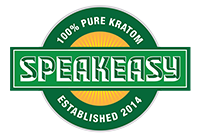





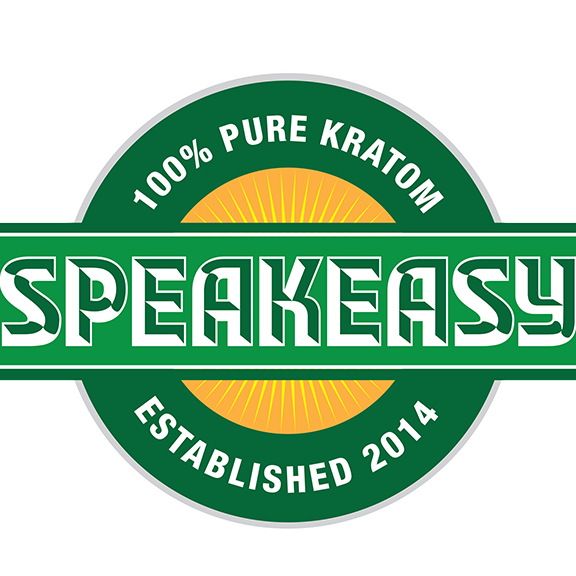
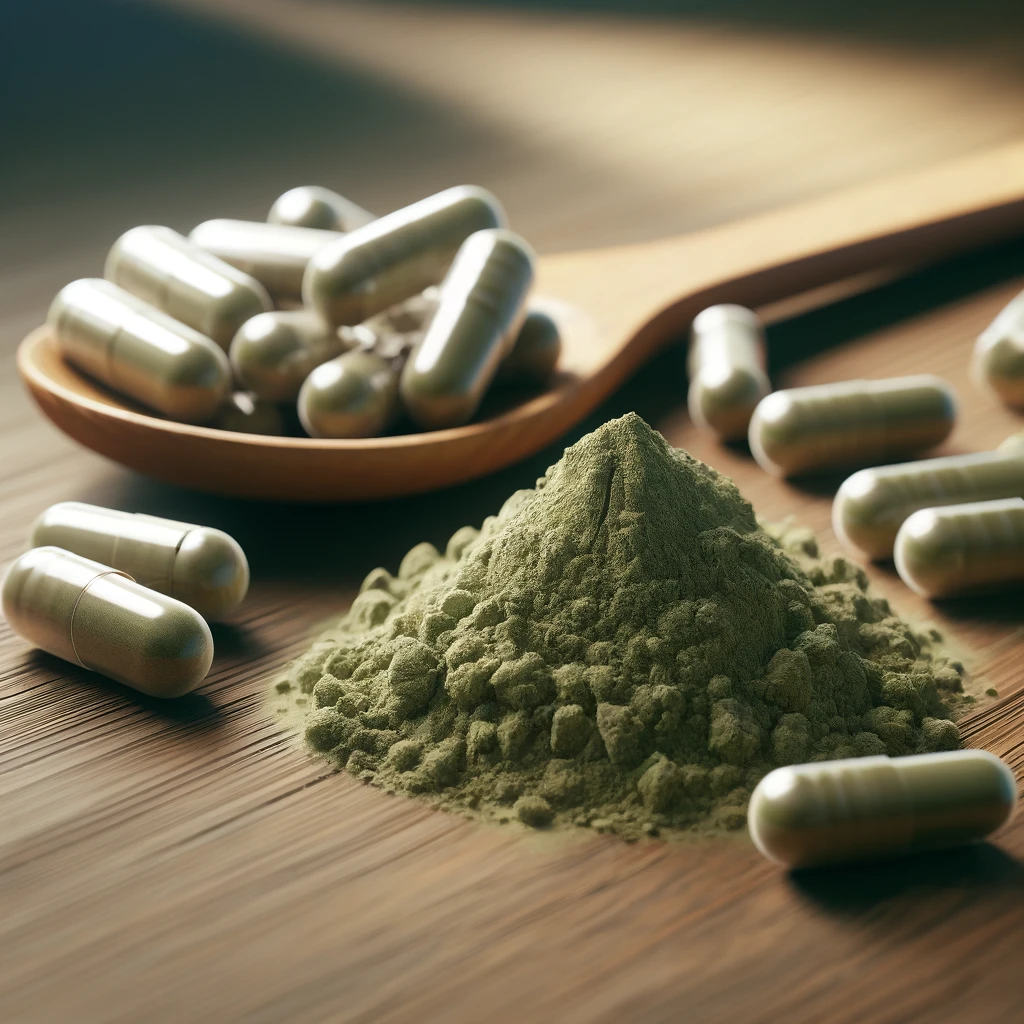


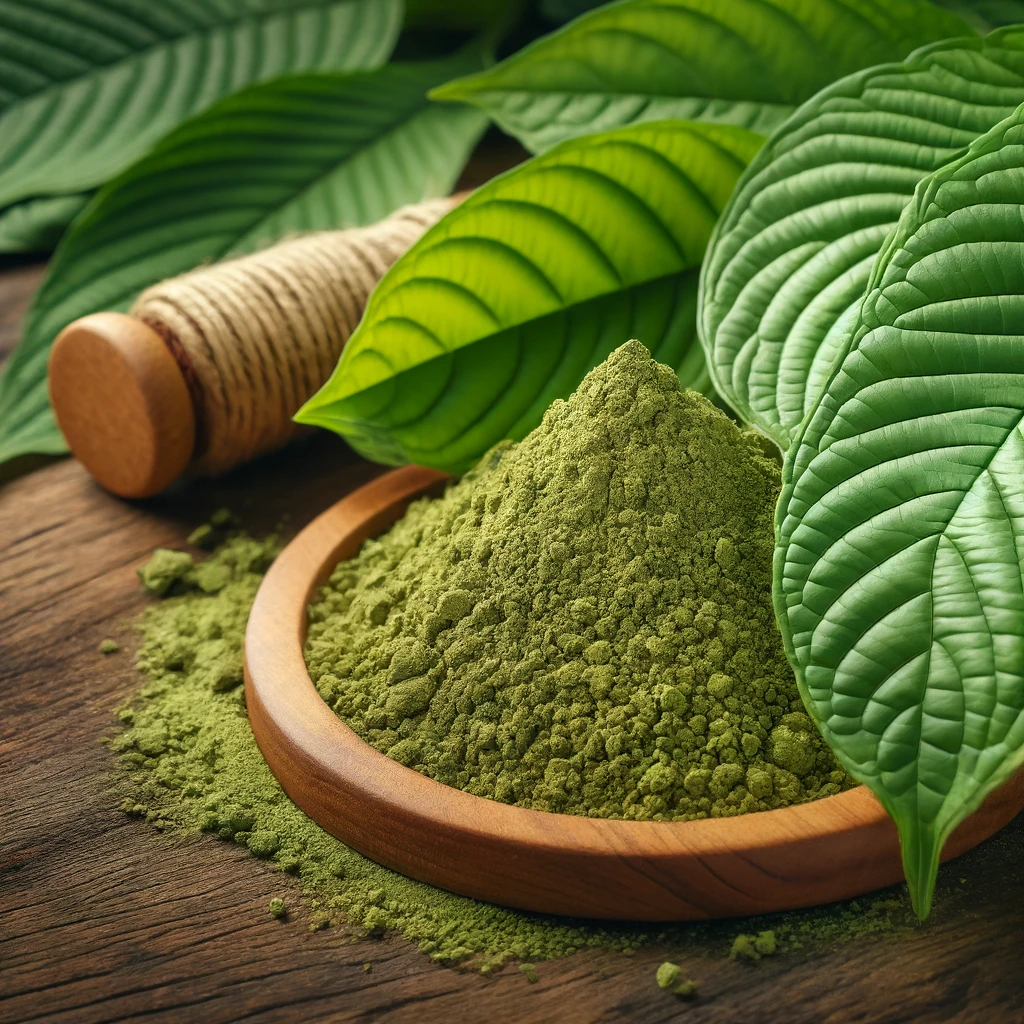
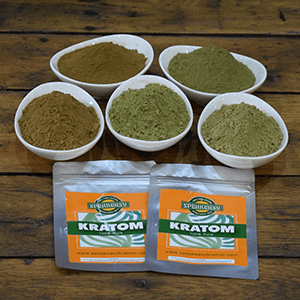

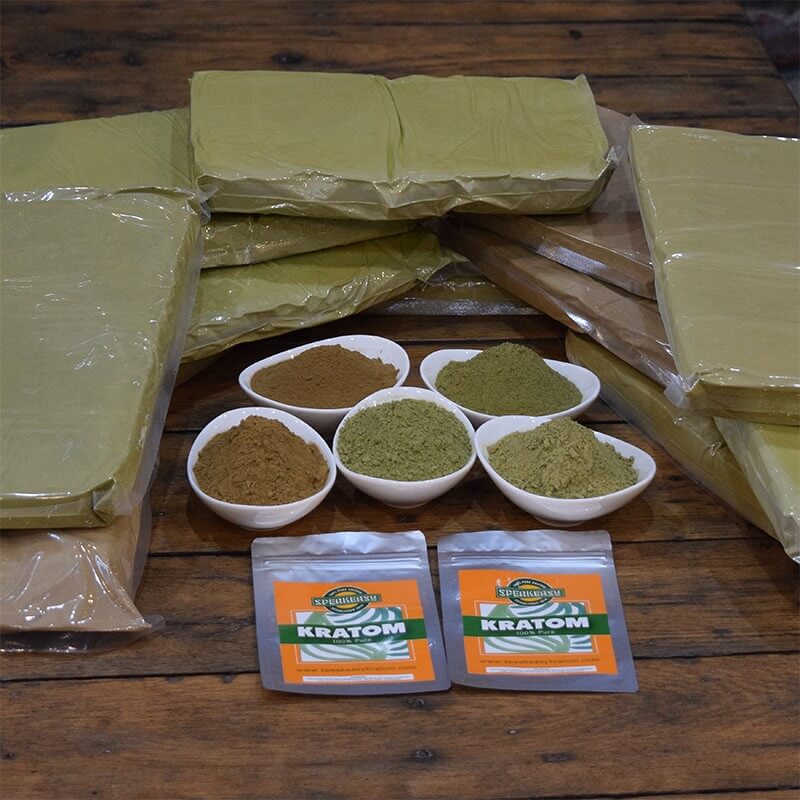
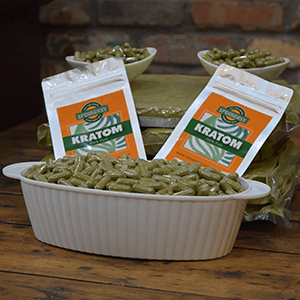

Leave a comment